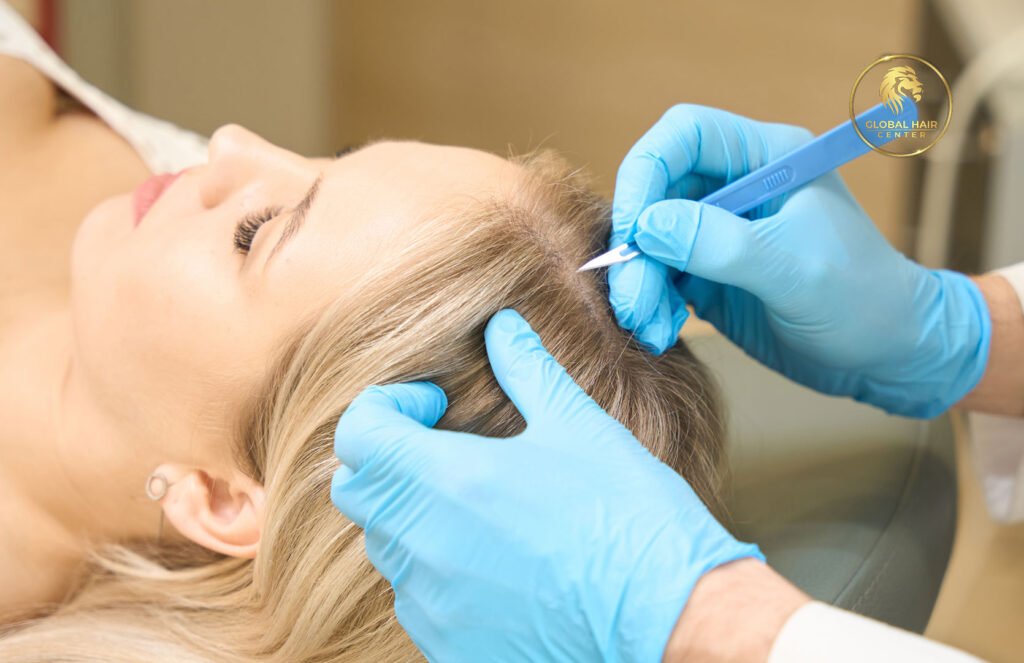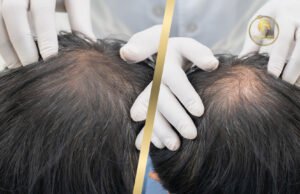hair transplant

Hair Transplant
Hair loss is more than just a cosmetic concern — it can deeply affect your confidence, self-image, and quality of life. Fortunately, hair transplant procedures have become a transformative solution for millions worldwide. With advancements in medical technology and the growing popularity of minimally invasive methods, restoring your hair is now more accessible, safe, and natural-looking than ever before.
Unlike temporary fixes such as creams or topical treatments, a hair transplant offers a permanent solution by redistributing your own healthy hair follicles to thinning or bald areas. This process ensures results that not only look real but also grow like your natural hair.
Whether you’re dealing with male pattern baldness, thinning hair due to stress, or hair loss from medical conditions, hair transplantation can be tailored to your needs. Modern techniques such as Follicular Unit Extraction (FUE) and Direct Hair Implantation (DHI) offer minimal downtime and fast recovery, making them ideal for busy lifestyles. And with the rise of global clinics in cities like Dubai, Turkey, and Bangkok, hair restoration is no longer limited to a specific region. It’s now a global trend embraced by both men and women seeking long-term, aesthetically pleasing results.
What Is a Hair Transplant?
A hair transplant is a medical procedure that moves hair follicles from a dense area of the scalp (usually the back or sides) to a bald or thinning region. These relocated follicles continue to grow in their new location, offering a natural and permanent solution to hair loss.
Types of Hair Transplant Techniques
FUE (Follicular Unit Extraction): A popular method where individual follicles are removed and transplanted with precision. It leaves no visible scars and heals quickly.
FUT (Follicular Unit Transplantation): Involves removing a small strip of skin with follicles, often used in more extensive hair loss cases.
DHI (Direct Hair Implantation): A modern, refined version of FUE with enhanced precision and density control.
Each technique offers unique benefits depending on your hair type, goals, and lifestyle.
Who Can Benefit from Hair Transplant Surgery?
Hair transplant procedures work best for individuals with stable hair loss patterns and healthy donor areas. It’s suitable for:
- Men experiencing male pattern baldness
- Women with thinning hair or receding hairlines
- People with hair loss due to burns or injury
- Individuals seeking beard or eyebrow restoration
A professional consultation is essential to determine your eligibility and the most effective approach.
Advantages of Choosing a Hair Transplant
- Permanent Solution: Unlike temporary hair regrowth products, transplants offer lifelong results.
- Natural Look: Because the hair comes from your own scalp, the outcome blends seamlessly.
- Low Maintenance: Once healed, transplanted hair doesn’t require special care.
- Improved Confidence: Restored hairline can boost your self-esteem and enhance your appearance.
Aftercare and Recovery
Following your procedure, you’ll receive detailed aftercare instructions. Typically, patients return to daily routines within a few days. Mild swelling and scabbing are normal but temporary. Within a few months, new hair begins to grow, and final results are visible after 9–12 months.
Hair Transplant Success Rates
Thanks to modern technology and expert surgeons, success rates for hair transplants have significantly improved — often exceeding 90%. Choosing a reputable clinic is key to achieving optimal outcomes and ensuring safety throughout the process.
Final Thoughts
Hair transplantation has revolutionized the way we address hair loss. It’s no longer a luxury, but a reliable, proven solution for those seeking to reclaim their hair and confidence. With innovative techniques and globally recognized clinics, your journey to fuller hair could be just one decision away.

Hair Transplant Cost in Dubai for.
Hair Transplant Cost in Dubai: A Simple Guide Why People Choose Dubai for Hair Transplants Dubai has become a top.
Read More
Hair Transplant with FUE Vs. DHI
Secrets to Getting Thicker Hair Everyone wants thicker, fuller hair. But with so many tips online, it’s hard to.
Read More
